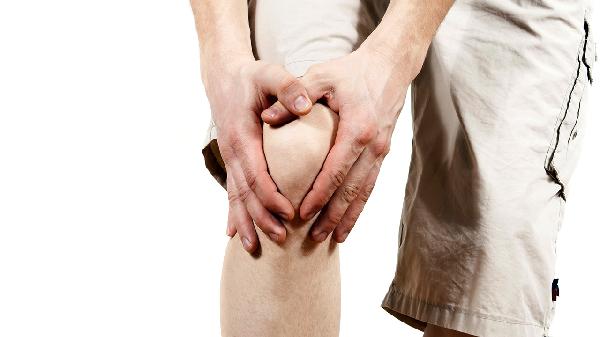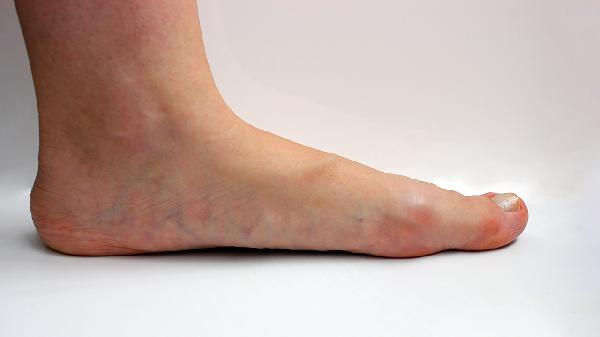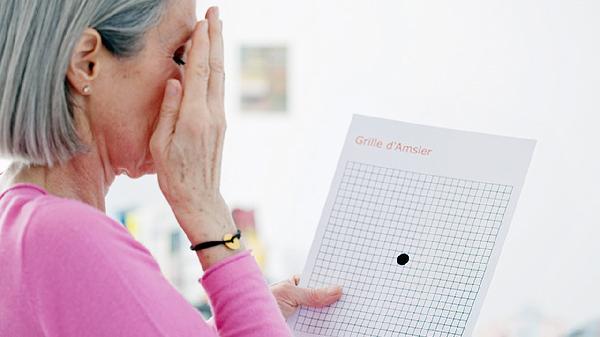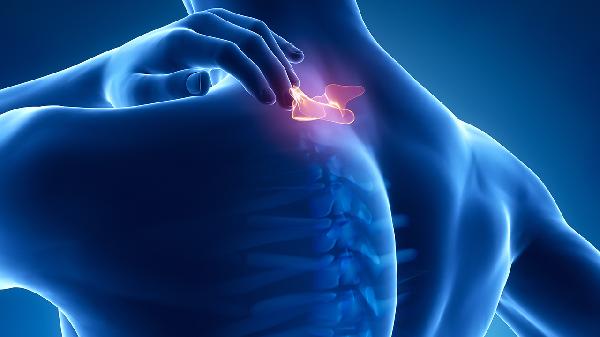When osteoporosis occurs in middle-aged and elderly individuals, it is crucial to seek treatment as soon as possible. First, focus on a balanced diet by consuming more protein-rich foods. Increasing protein intake can enhance the absorption and storage of calcium in bones, which is very helpful in alleviating osteoporosis pain. For example, dairy products and eggs, which are well-known to everyone, are rich in protein. Additionally, the following methods can be adopted to assist in managing the condition. Below, we will specifically discuss what to do about the persistent pain caused by osteoporosis in the elderly.

What to Do About Persistent Pain from Osteoporosis in the Elderly
For elderly individuals with osteoporosis, abnormal body metabolism can be regulated with medication. For instance, since elderly osteoporosis patients often experience calcium loss and vitamin deficiencies, they can take a certain amount of calcium supplements and vitamin preparations to compensate for the body's deficiencies. Strictly speaking, hormone therapy also falls under medication treatment, but it has its unique characteristics. The hormones commonly used for treating osteoporosis in the elderly are different from the usual steroid hormones; instead, they are sex hormones such as androgens and estrogens. Sex hormones can stimulate bone formation, reduce bone resorption, and thus achieve the goal of treating osteoporosis. For postmenopausal women, estrogen therapy is particularly crucial and effective.
Physical Therapy
Physical therapy, also known as exercise therapy, involves outdoor activities to regulate overall metabolic status, improve bone circulation, and enhance external stimulation to the bones, thereby alleviating osteoporosis. Physiotherapy, or physical therapy, involves the use of intelligent therapeutic instruments such as electricity, light, and sound to act on the body and bones, promoting bone synthesis. It mainly includes ultrasound, low-frequency therapy, far-infrared magnetic therapy, and heat therapy.
Dietary Therapy for Osteoporosis
1. Papaya Soup
When it comes to papaya, many people think it only has breast-enhancing effects, but in fact, papaya can also help alleviate osteoporosis. First, prepare 100 grams of beef, 5 grams of apple, 300 grams of peas, 1000 grams of papaya, 500 grams of rice, and an appropriate amount of sugar, salt, MSG, and pepper. Wash the beef and cut it into six equal pieces. Wash the rice, apple, and peas. Then extract the juice from the papaya and set it aside. Next, place the beef, apple, peas, rice, and papaya juice in a pot with an appropriate amount of water. Bring to a boil over high heat, then simmer until the peas are tender and the meat is cooked. Add sugar, salt, MSG, and pepper before serving.
2. Black Mulberry Bone Soup
Prepare 25 grams of black mulberries and 250-500 grams of beef bones, along with an appropriate amount of ginger and scallions. Wash the black mulberries and cook them with a little wine and sugar. Meanwhile, place the beef bones in a pot with water, bring to a boil, and skim off the foam. Add ginger and scallions and continue cooking. When the beef bones turn white, it indicates that calcium, phosphorus, and bone glue have dissolved into the soup. Then remove the beef bones, add the cooked black mulberries, bring to a boil again, skim off the foam, and season before serving.
3. Dried Shrimp and Tofu Soup
Prepare 50 grams of dried shrimp and 200 grams of tofu. Wash and soak the dried shrimp. Cut the tofu into small cubes. Sauté scallions and ginger in a pot, then add the dried shrimp and tofu, along with some cooking wine. Add water and bring to a boil to make the soup.
4. Soybean and Pork Bone Soup
Prepare 250 grams of fresh pork bones and 100 grams of soybeans. Soak the soybeans in water for 6-8 hours beforehand. Wash the pork bones, cut them into pieces, and boil them in water to remove blood impurities. Then place the pork bones in a clay pot, add 20 grams of ginger, 200 grams of cooking wine, and an appropriate amount of salt. Add 1000 ml of water, bring to a boil, then simmer until the bones are tender. Add the soybeans and continue cooking until the beans are soft. Serve once a day, 200 ml each time, once a week.
























